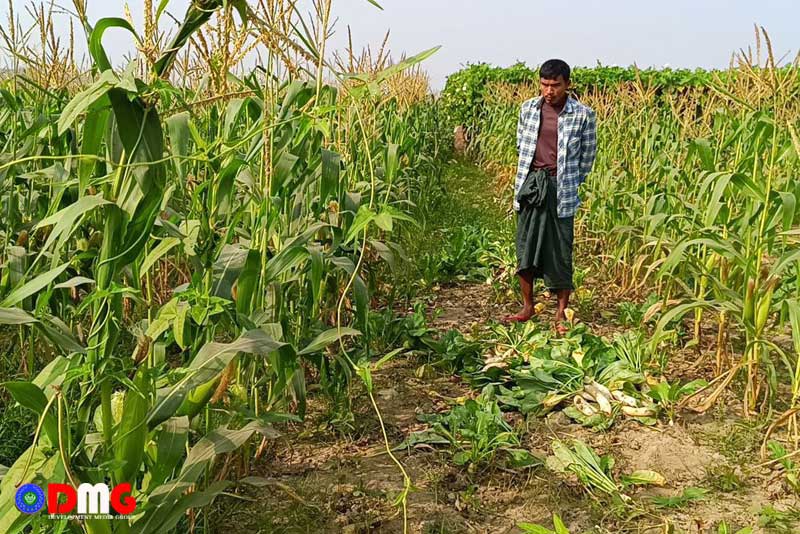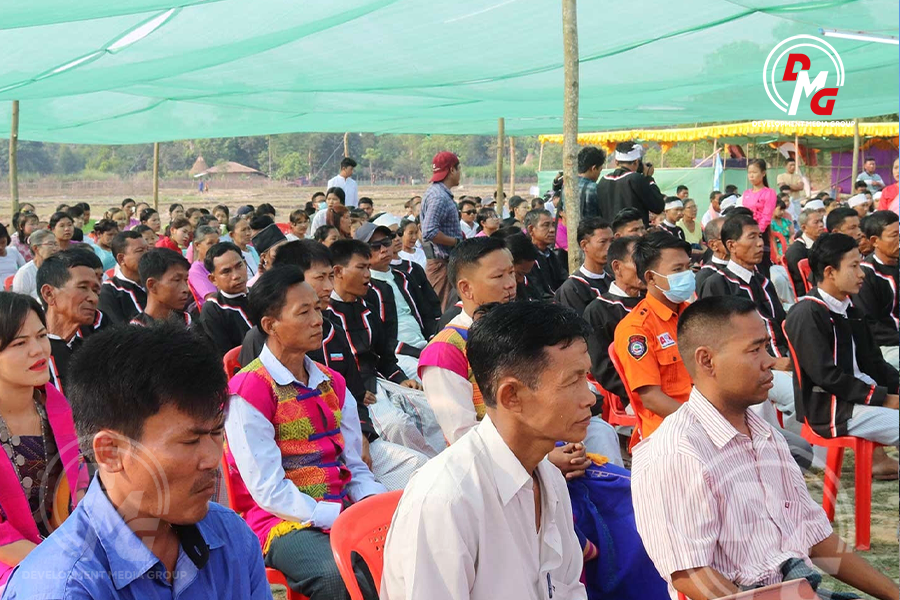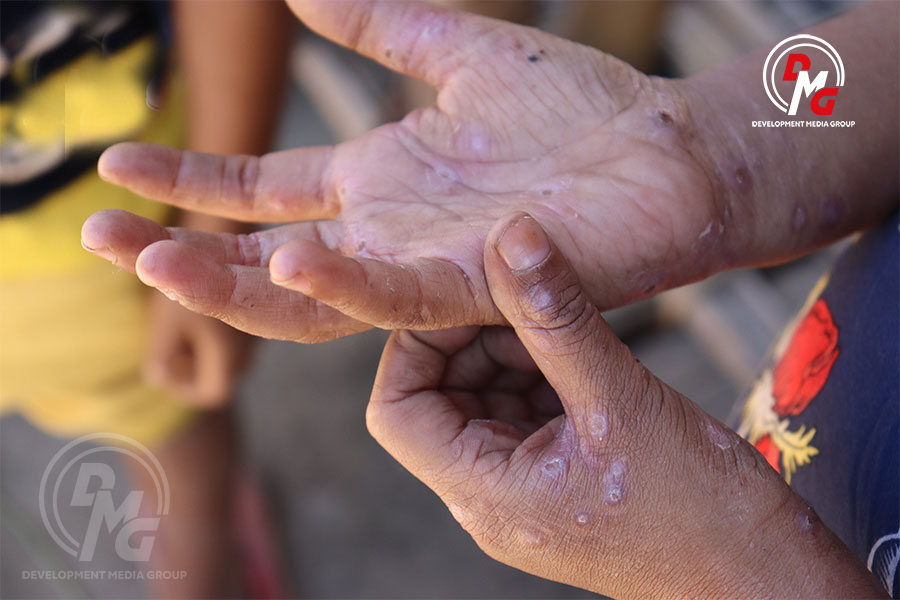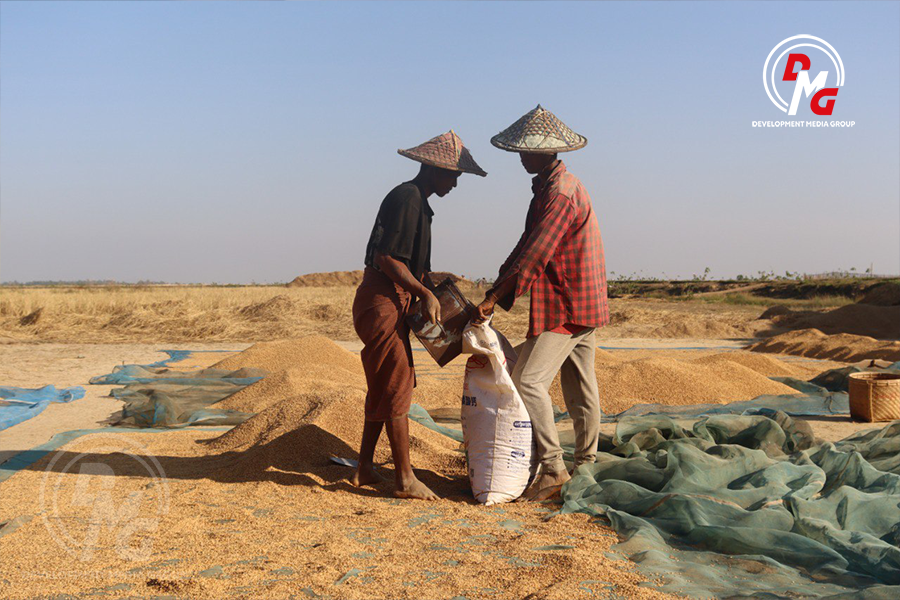- Junta unable to hold elections in dozens of wards and village-tracts in Sittwe, Kyaukphyu
- Fighting escalates between Myanmar military, Arakan Army in Ayeyarwady Region
- Regime steps up civilian arrests in Sittwe
- ULA safeguards Mrauk-U's ancient heritage
- Arakan on the Edge: What the DMG Landmine Impact Report Reveals About Myanmar's Deepening Humanitarian Crisis
Corn farmers in Mrauk-U suffer from high costs, poor harvest
Corn growers along the Laymyo River in Arakan State’s Mrauk-U Township are suffering losses due to increased production costs and a poor harvest year.
02 Jan 2023

DMG Newsroom
2 January 2023, Mrauk-U
Corn growers along the Laymyo River in Arakan State’s Mrauk-U Township are suffering losses due to increased production costs and a poor harvest year.
The prices of corn seeds, fertiliser and other inputs, plus labour costs, have increased significantly. A sack of corn seeds increased from K15,000 to K40,000, and the price of fertiliser has also gone up from K70,000 to K160,000. And labour costs have also increased, with workers demanding a daily wage of K7,000 now, up from K4,000.
“The prices of agricultural inputs shot up, and food prices have also soared. The revenues from selling corn can’t cover production costs and my household expenditures. Due to travel restrictions, we can’t travel freely, and we have had to sell at prices offered by buyers,” said corn grower Daw Than Than Myint from Gonekyun Village in Mrauk-U Township.
Normally, corn grown in the area is sold to markets in the towns of Mrauk-U, Minbya, Myebon and Sittwe, and buyers from those townships also come to buy corn.
Growers could not sell their corn due to travel restrictions imposed by the military junta in the latest fighting with the Arakan Army (AA). Corn Grower Ma Zin Mar Nwe from Sin Oh Gyi Village in Mrauk-U said she is having difficulties repaying loans to lenders.
“The prices of corn seeds are high and so is fertiliser. And we had to apply fertiliser three times to get a good harvest. And buyers don’t buy if the shape of the corn is not good. If we don’t have money, we have to borrow money at high interest rates from others to grow corn. So, it is not OK for us if the harvest is not good,” he said.
As sufficient fertiliser could not be used, yields declined by as much as 40 percent in some cases.
Meanwhile, some corn crops suffered from infestations, said corn grower Ma Nu Nu Yi from Myetyeik Village.
“My corn fields were infested. I borrowed money from others to grow corn. But the harvest was poor, and I don’t know whether I should use the revenues for my family, or pay interest to lenders. My corn fields were badly damaged,” he said.
Locals along the Leymyo River in Mrauk-U primarily engage in farming for their livelihoods, growing corn as well as peanuts and other seasonal crops.

















